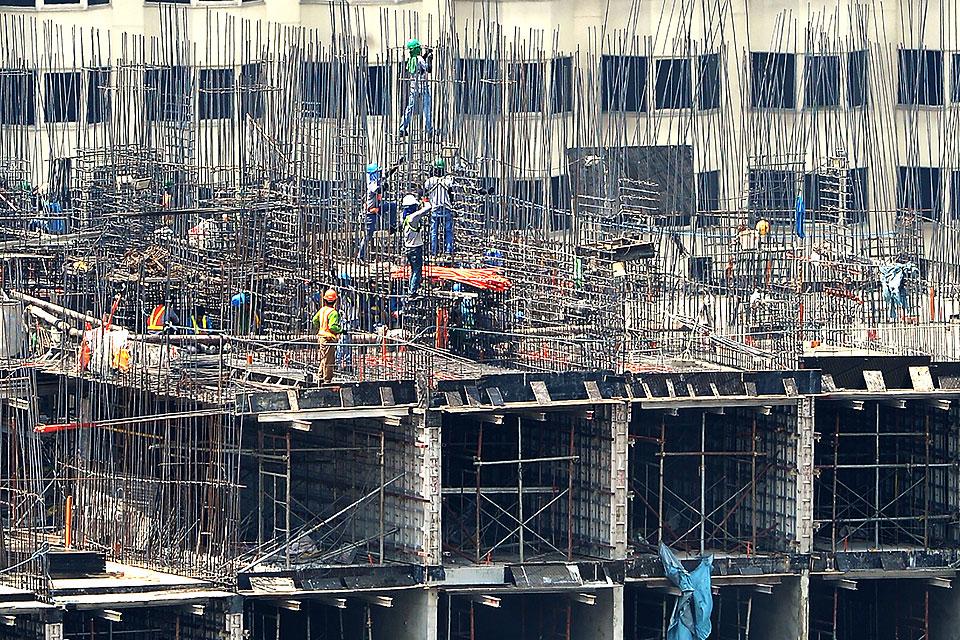PH’s GNI per capita up 7.1% in 2023 —World Bank data

The Philippines’ gross national income (GNI) per capita saw an increase last year, but still remained a lower-middle income economy, data released by the World Bank showed.
Data from the Washington-based multilateral lender showed the country’s GNI per capita in 2023 stood at $4,230, up 7.1% from $3,950 in 2022.
Data from the Philippine Statistics Authority also showed the country’s GNI per capita (at current prices) stood at P241,165 in 2023, 14.7% from P210,228 in 2022.
GNI per capita refers to the economy’s final income in a given year divided by its total population.
The Philippines, however, still fell within the World Bank’s updated bracket for lower-middle income economies at $1,146 to $4,515, raised from $1,136 to $4,465 in the previous fiscal year.
Under its latest classification for fiscal year 2025, the multilateral lender classifies low-income economies as those with GNI per capita of $1,145 or less; upper middle-income economies are those with a GNI per capita between $4,516 and $14,005; and high-income economies are those with a GNI per capita of $14,006 or more.
The World Bank said it adjusts its annual classification thresholds for inflation, exchange rates, and population and economic growth.
The Philippines joins Vietnam, Cambodia, India, Bangladesh, Papua New Guinea, Myanmar, Pakistan, Timor-Leste in the lower-middle income economy class.
In a statement, the National Economic and Development Authority (NEDA) said the Philippines latest GNI per capita standing “surpasses the 2023 target range of $4,130 to $4,203 GNI per capita set in the Philippine Development Plan 2023-2028.”
“The Philippines exceeded its Gross National Income (GNI) per capita target for 2023 under the Philippine Development Plan (PDP) 2023-2028, a testament to the country's robust economic growth and solid macroeconomic fundamentals,” NEDA Secretary Arsenio Balisacan said.
Balisacan earlier said that the Philippine government’s aim to elevate the economy to upper-middle income status could be achieved late 2025 or early
“Achieving the GNI per capita target for 2023 solidifies our trajectory toward attaining upper middle-income country (UMIC) status within the next two years,” the country’s chief economist said.
“However, our mission is far from complete. While we, of course, welcome news of such progress, what matters more to us is that the fruits of economic growth—opportunities, better jobs, and higher incomes—are felt by all Filipinos, especially the poor. The government must persist in its efforts to ensure that our economic gains are shared equitably, with the aim of reducing the poverty rate to a single-digit level by 2028,” he said.
Balisacan said the Philippines is poised to achieve upper-middle income status provided that the economy sustains a robust growth rate in 2024 and 2025.
"The expected transition to upper middle-income country status is an indication that we are headed in the right direction. More importantly, I should say, our focus now is on sustaining the momentum,” he said.
“We are working double time to further improve the policy and regulatory environment to enable a balanced mix of industries that will sustain the growth of the Philippine economy in the years to come. With our accelerated infrastructure drive enhancing connectivity across the country, we also want more of our lagging regions contributing to our growth as we also push for inclusivity. More than hitting a number, the ultimate goal is to improve our people’s lives,” he added.—AOL, GMA Integrated News




